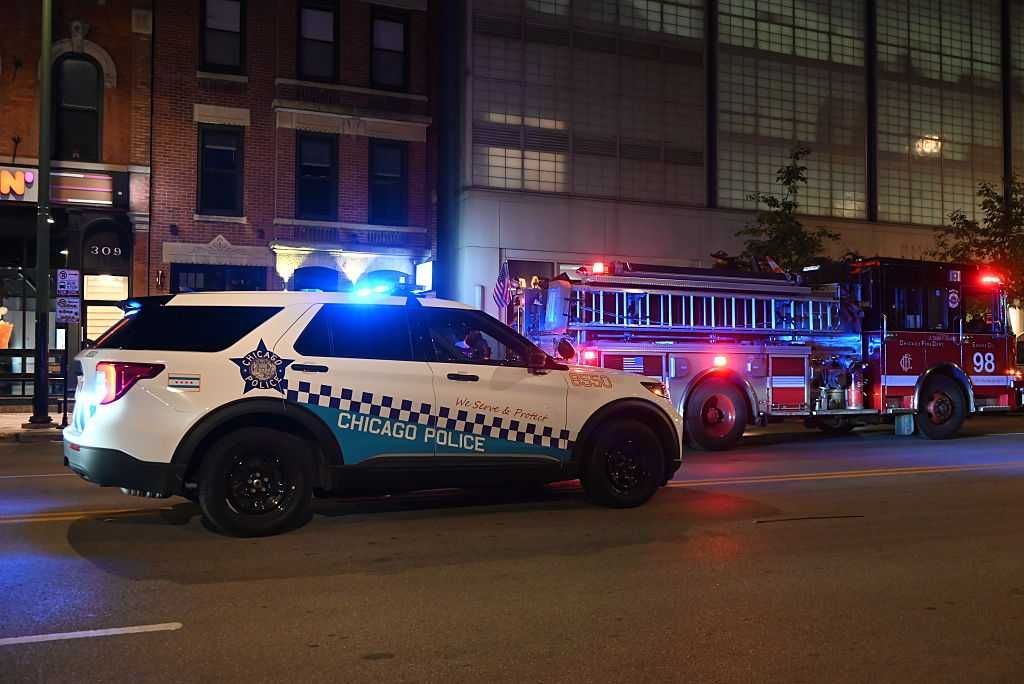Last week’s horrific attack on a Chicago Blue Line train has exposed a chain of preventable failures, from a repeat offender’s release to a judge’s public embrace of a lenient approach to prosecution and sentencing. New details show the accused had a long criminal history and was placed on light supervision after a violent incident in August, raising questions about priorities in the courtroom. The judge’s own comments about discretion and community service have resurfaced, and a social media post highlights her remarks alongside a preserved embed. This piece looks at the facts, the quoted statements, and the consequences that followed.
The victim, a 26-year-old woman, remains in critical condition after an unprovoked attack that shocked commuters and stirred a national outcry. Authorities say the accused, identified as 50-year-old Lawrence Reed, has an extensive record, with dozens of arrests and multiple convictions before last week’s brutal act. When someone with that history is put back into a public setting with minimal restrictions, communities pay the price.
Judge Teresa Molina-Gonzalez is now under heavy scrutiny for decisions made in her courtroom earlier this year. Video and transcripts show she opted for an electronic monitoring system instead of more restrictive pretrial detention after the accused allegedly struck a woman unconscious. That choice matters when the person released has a pattern of violence and repeated encounters with law enforcement.
The judge has publicly discussed her philosophy on charging and sentencing, speaking about how she used prosecutorial discretion to shape which cases advanced. In her own words she said, “However, I had a chance as a prosecutor to make a difference as to what cases come in.” Those remarks, when weighed against outcomes like this latest attack, look less like nuance and more like policy with dangerous consequences.
In a clip that circulated online, the judge addresses economic differences that affect how fines impact people, saying, “Some of the judges that I work with came from money, so $354 is no big deal. But to most of the people that come to my courtroom, it is a big deal.” She followed that with, “And so I always offer them the opportunity to do community service.” Those are understandable human concerns, but they are hardly a substitute for holding repeat violent offenders to account.
https://x.com/libsoftiktok/status/1992636459271270784
She also acknowledged potential bias questions, saying, “You know, being a Latina in the office, people would tell me, like, ‘Don’t you feel like you’re prosecuting your own people?’ But it’s true, there are a lot of defendants that look like me. However, I had a chance as a prosecutor to make a difference as to what cases come in. I had a chance as a prosecutor to decide what offers were appropriate.” Those lines reveal a worldview that appears to favor leniency in many cases, which critics say undermines public safety.
Officials who warned that a mere ankle monitor would not protect victims or the community told the court their concerns before the accused was released on electronic supervision. Prosecutors argued for stronger measures, but the judge expressed limits on how many people could be held. “I can’t keep everybody in jail because the state’s attorney wants me to,” she said, a comment now revisited given the train attack that followed.
Social platforms picked up the judge’s comments, and a post that resurfaced included an embed of her remarks and the event slide about diversity and judicial perspective. Libs of TikTok posted a of Judge Molina-Gonzalez apparently boasting about her soft-on-crime approach in a 2021 speech about the “power of diversity,” according to a screen slide. The clip intensified calls for accountability from those who prioritize law and order.
This case puts a spotlight on broader questions about how courts weigh rehabilitation, societal equity, and risk to public safety. When a judge emphasizes alternatives to fines and incarceration but a defendant with a violent past returns to the streets and allegedly commits an extreme act, voters and policymakers will demand tougher answers and clearer standards. The debate is no longer abstract for the victim and her family.
The city faces an uneasy aftermath: a recovering victim, a worried public, and a judge whose public remarks are now part of the story. Decisions in the courtroom have real, sometimes tragic consequences, and this episode will likely fuel calls for reforms that prioritize protection and accountability. The community deserves a justice system that balances compassion with firm measures to keep dangerous people off the streets.


1 Comment
She’s not a Constitutional Judge.!
That joke of a pig has no heart when it comes to setting a person on fire.!
In her mind it’s more like OH WELL, I’M ON THE MURDERERS SIDE, I like violence and I’m an Anti-American Communist Democrat.
Remove that Bitch from the bench or shoot her.